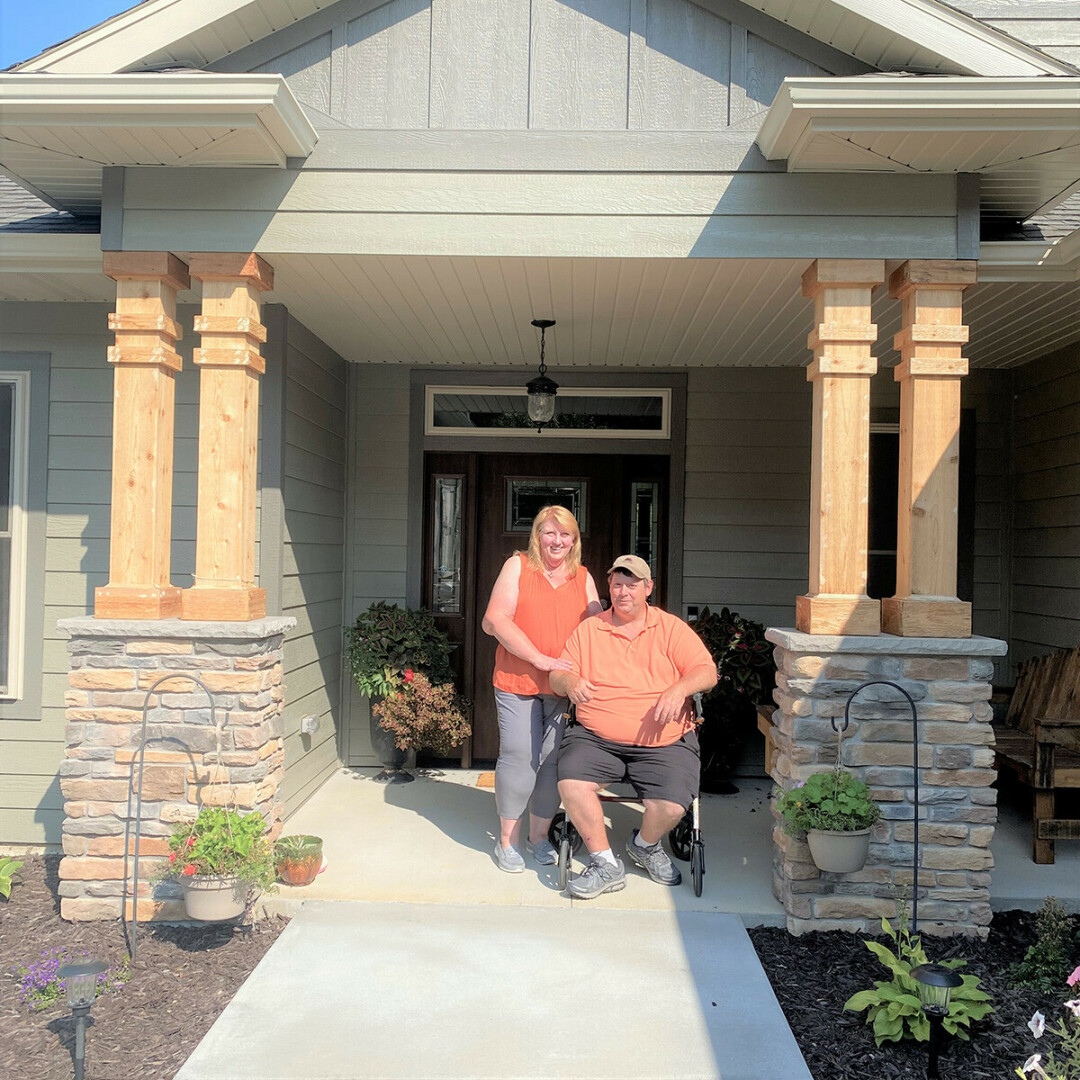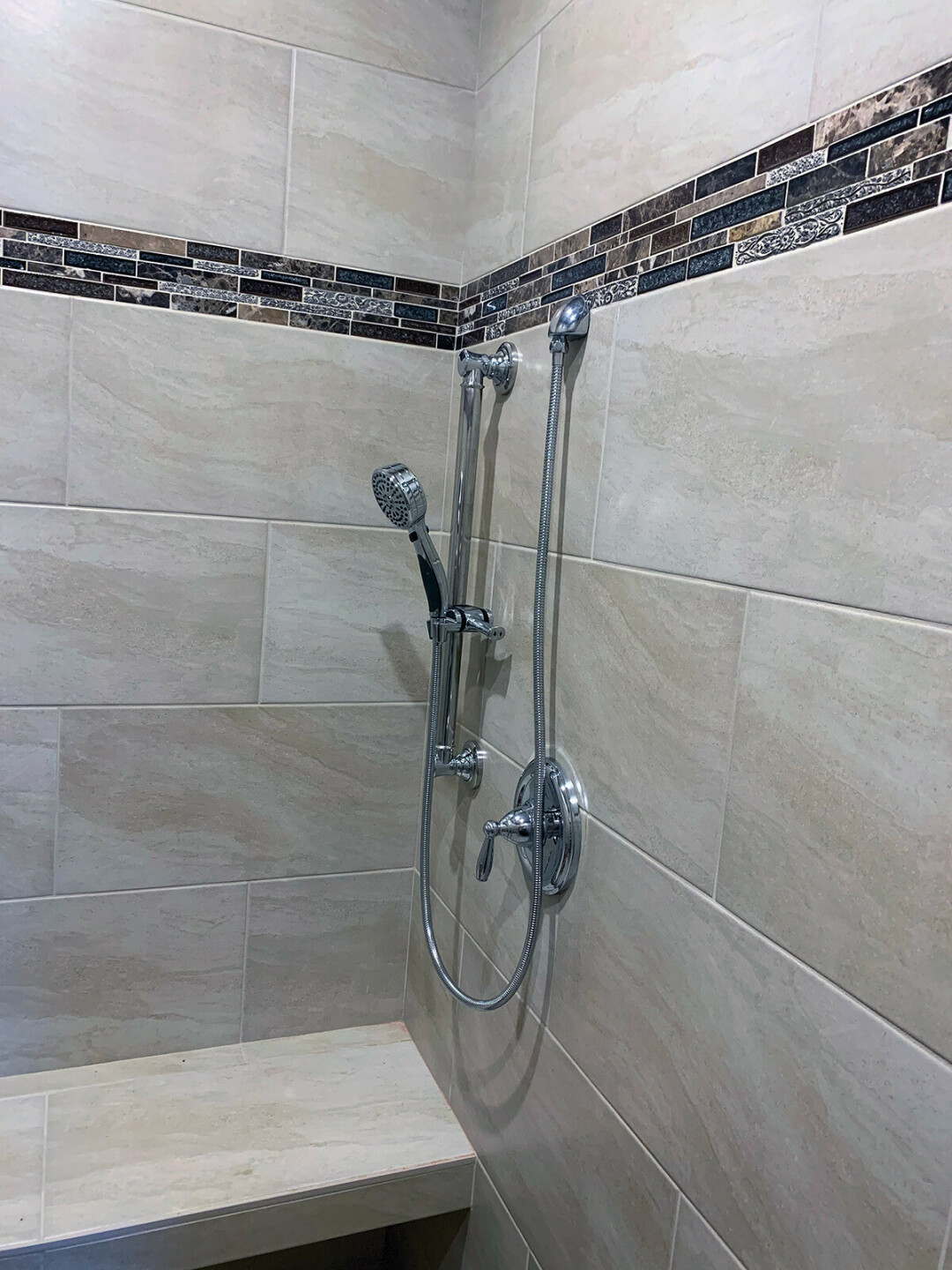An Expert Can Help With ‘Aging in Place’
local consultant helps families adapt, design homes that can keep them safe as they age

When trying to make a home safe for someone impacted by aging or disability, installing a ramp and a few grab bars is not enough, says Karen Hauck.
While such additions will certainly help a person whose mobility is limited, they won’t solve every problem, says Hauck, who officially established her business, Chippewa Valley Aging in Place, in January. There are many other considerations to be make to create a safer home environment, from the placement of furniture to strategizing how groceries can be easily brought inside.
As the only Certified Aging in Place Specialist in northwestern Wisconsin, Hauck has learned how to identify and address an array of safety concerns that many of us wouldn’t even think of.
“By just putting a few of these strategies in place, it can make life easier and safer,” Hauck says.
Hauck’s passion, and ultimately her business, grew out of personal experience. First, she had been a caretaker for elderly relatives, finding herself in a “sandwich generation” while also raising three kids. Then, in 2019, her husband was injured in a serious car accident, which left him hospitalized for eight months.
The family had to adapt their living space when he finally came home. “What I needed was somebody to just say, ‘This is what you need to do, and this is where you need to go,’ and to connect me to the resources,” she said.

Now, with her business and her certification – which comes through the National Home Builders Association – Hauck can be that person for others.
So what exactly does “aging in place” mean? Hauck offers this definition from the National Home Builders Association: “Aging in place means being able to remain in one’s home safely, independently, and comfortably regardless of age, income, or ability level. It means living in a familiar environment through one’s maturing years and the ability to enjoy the daily routines and special events that enrich all our lives.”
And these aren’t just considerations that should be made by those who are already over 65, she says. Hauck recommends that people in their 40s and 50s begin to prepare for growing older. “Everybody’s always like, ‘I’m not quite there yet,’ but ‘yet’ can come in an instant,” she said. “Because I can guarantee you, I didn’t think that I would be having a husband in a walker and a wheelchair at 50. Life can change in an instant, and there are no guarantees.”
Ultimately, the Haucks moved into a newly built home that was designed to meet the needs of her husband, James. Similarly, Hauck is available to consult with clients building new houses who hope to make them “forever homes.” She can offer advice that can be passed along to builders, or she can meet directly with builders themselves.

Hauck can also help make existing homes safer. Doing so doesn’t necessary mean major renovations. In fact, she says, creative thinking can often solve problems relatively inexpensively.
For example, Hauck recently helped a couple in a bilevel house figure out how to more easily get groceries inside. Rather than spend thousands of dollars on a solution, they were able to create a system using a stair-walking cart and a pulley that cost about $60.
“Is it something that’s going to last when they’re 90? Probably not,” Hauck acknowledges. “Is it something that’s going to work really good for them when they’re 65? Yes.”
Hauck can offer advice on making the outside of a home more safe through changing landscaping, or suggest how to create casual handholds inside to reduce the chances of a fall that could lead to a broken hip.
She can also help clients and their families identify and use technology that can make their lives easier and safer, such as getting a Roomba instead of lugging a vacuum cleaner around a house.
For Hauck, creativity and caring are key.
I’m not trying to sell one thing over another,” she says. “I want to make sure that the person can live the best way they can, the way they want to, in their home.”
Learn more about Chippewa Valley Aging in Place by visiting chippewavalleyaginginplace.com, by calling (715) 829-0707, or by finding them on Facebook.

